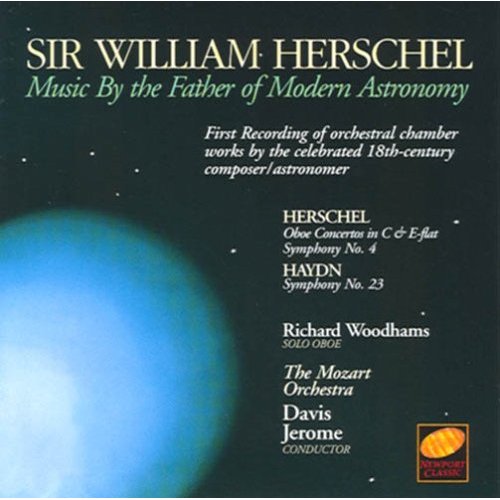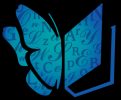
As soon as I discovered William Herschel’s music and bio on KBAQ, I wanted to adopt the man as an honorary ancestor.
William Herschel (Friedrich Wilhelm Herschel) professional musician and composer, is better known for inventing a telescope, naming asteroids, and discovering hundreds of fascinations including Uranus and infrared sunlight. He’s an honorary ancestor because–as we speak–my composer son is teaching his astronomer brother to play the saxophone.
Besides Herschel’s brilliant combination of talents, these things also impress me:
- He had a partner: his astronomer sister, Caroline, the comet-tracker.
- He ground lenses, improved telescope design, and supplied other astronomers with their tools of the trade.
- His pattern of observation seems backwards to modern me.
Nowadays, we use clock-driven telescopes to track objects across the sky. In Herschel’s day, the telescope remained stationary, as the observer measured whatever crossed that line of sight. Peggy Taylor and Sara Saey, contributors to the Herschel 400 List, describe this method: “Since Herschel had to stand on a ladder to do his observing, he would call out descriptions of whatever he saw of interest to his sister Caroline at the foot of the ladder. She would then record the information and time. By using this method he was able to observe objects in a thin east-west strip of sky. As the nights progressed, he would change the position of the telescope to an elevation higher or lower than the previous night. This enabled him to observe another strip of sky. They eventually were able to observe all the sky visible in Great Britain” (Astroleague.org).
When I think of observing the sky one slice at a time, I marvel that anyone could put that puzzle together. And then I realize it might be more accurate to note seemingly unrelated specks, with no personal guessing to detract from pure observation. Modern astronomy would be easier for a global-to-specific learner, but the older ways might work best for the detail-to-big-picture sort of mind.
Sometimes in writing, you track a known object across the sky of your understanding. Other times, you watch the sky one slice at a time. You patiently collect the data until you can explain the predictable, or point to the phenomenal. As in astronomy, it can take a lifetime to put the puzzle together. And there will still be more to say.
The Herschel Museum of Astronomy
Text © Gwyn Nichols 2010


I really enjoyed this post. I learned a lot about astronomy. Your analogy of a slice of sky to writing is so true!
LikeLike
Thanks, Haley! So how is it true for you?
LikeLike
As a historical fiction writer, I research constantly. I collect data one slice at a time until I have the whole picture and am able to write it clearly. Often a bit of history I already know will lead me down a path I didn’t expect until I arrive to some amazing conclusion. I’ve gotten some of my best ideas that way.
LikeLike